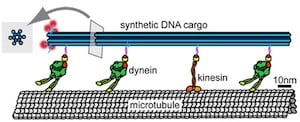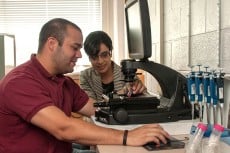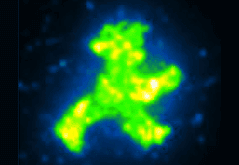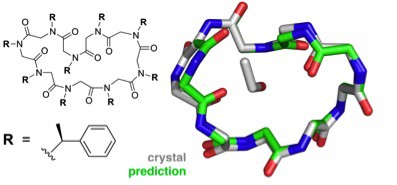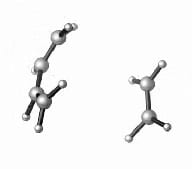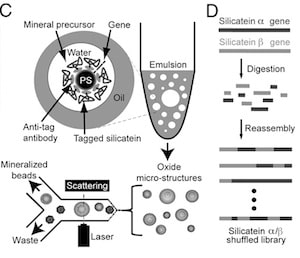One possible pathway from current technology to advanced nanotechnology that will comprise atomically precise manufacturing implemented by atomically precise machinery is through adaptation and extension of the complex molecular machine systems evolved by biology. Synthetic biology, which engineers new biological systems and function not evolved in nature, is an intermediate stage along this path. An… Continue reading More complex circuits for synthetic biology lead toward engineered cells
More complex circuits for synthetic biology lead toward engineered cells


